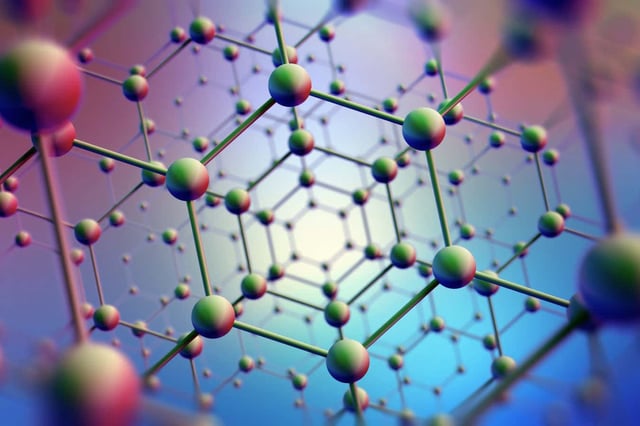Overview
- Scientists identified bacteria and enzymes capable of breaking down strong carbon-fluorine bonds in PFAS.
- A new technique using semiconductor nanocrystals and LED light can destroy PFAS in just eight hours.
- The combination of electroactive materials and microbes enhances the efficiency of PFAS degradation.
- These advancements could lead to low-cost, scalable methods for treating contaminated water.
- Further research is needed to optimize these techniques for widespread environmental applications.


